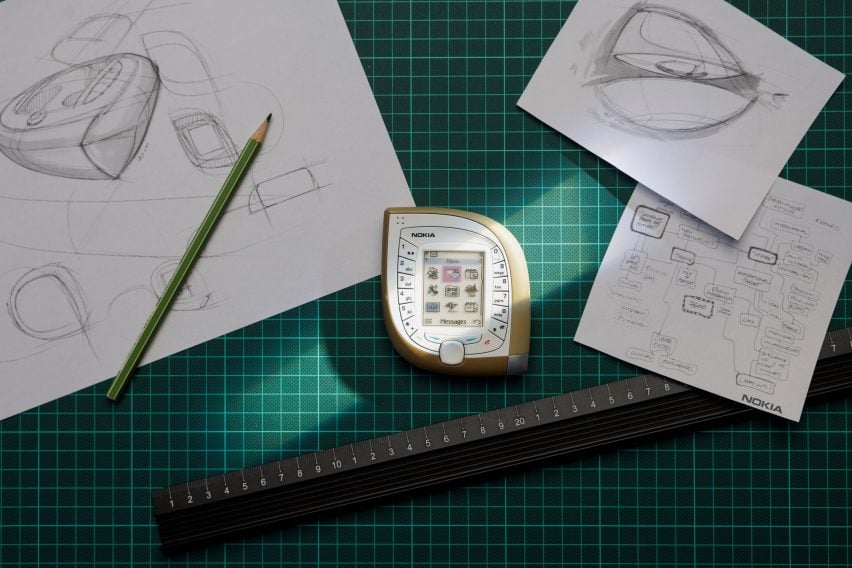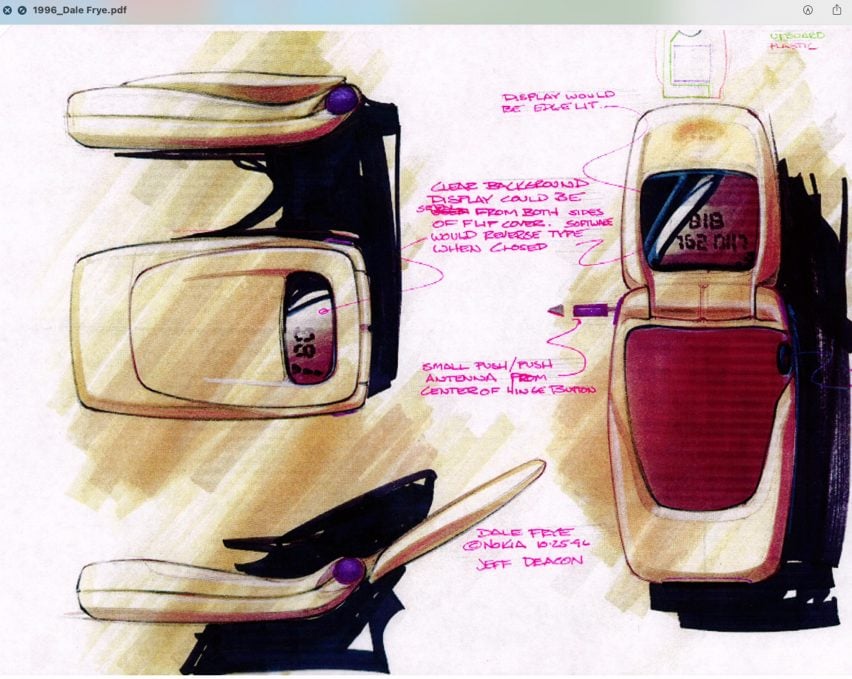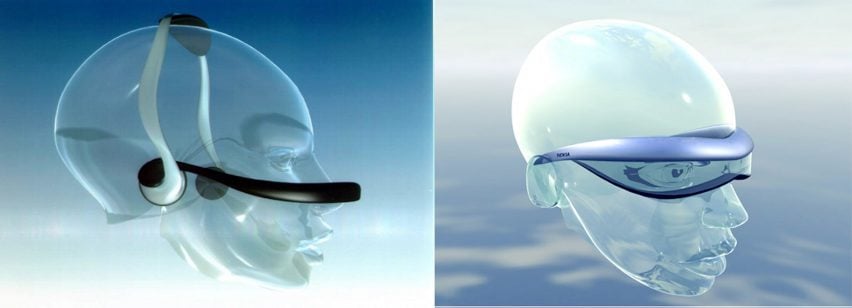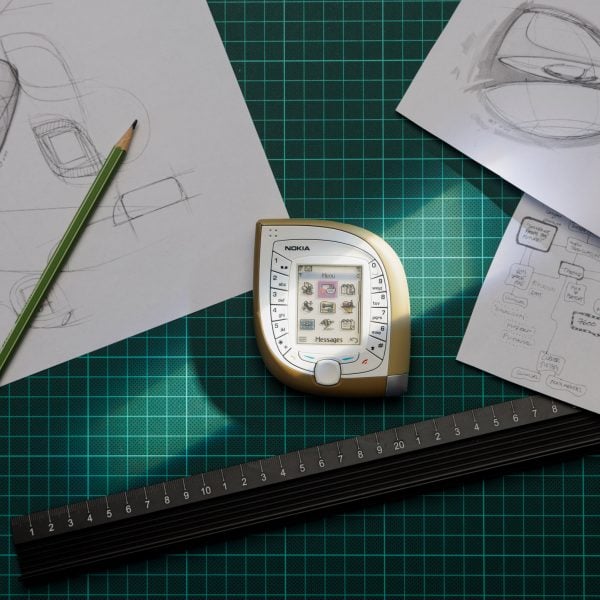Designs from the early years of mobile phone technology will be brought to the fore in the Nokia Design Archive, an online portal being launched by Finland’s Aalto University.
The Nokia Design Archive will bring together more than 700 documents relating to well-recognised models and unseen prototypes from the Nokia brand, including ideation sketches, presentations, advertising and interviews with designers.
Curated by a research team from Aalto University, the archive will draw from some 20,000 items that were licensed from Microsoft Mobile, the subsidiary established in 2014 after Microsoft’s acquisition of Nokia.

Some of the designs covered in the portal include the 3310 “brick phone”, which was ubiquitous in the early 2000s, and the 8110 “banana phone”, named for its curved design.
There is also the 7600 “mango phone”, an oddity from 2003 that appeared to cross a phone handset with a gaming controller.
Aalto University said the portal, which spans the mid-1990s to 2017, explores the role that Nokia’s designers and decision-makers played in building the technology that is so deeply embedded in our lives today.

Nokia was previously Finland’s largest company, and according to the researchers, the first seeds of social media, augmented reality, QR codes and wearable health technology can all be seen in its archive.
“Nokia was in a similar position in the ’90s as Samsung or Apple are today,” said post-doctoral researcher Kaisu Savola. “These large corporations shape our lives with their products.”
“Technology doesn’t just shape us; we shape technology. When we started the project, the focus was on objects. As we began going through the material, we soon realised that it was about people.”
The research team that curated the portal was made up of designers, design historians, and organisation and management scholars.
Lead researcher Anna Valtonen described sorting through a “van full” of items that were unarchived and in disarray to create the portal.
“I was teetering between joy and despair because there was such an overwhelming amount of work,” she said. The material shows how important it is to have an organisational culture where it’s okay to try things out and enjoy the process.
“Especially in these times of change, it is important to understand how we can grasp the world around us and imagine what we could be.”

She said that in Finland, they had a tradition of being open with big data sets but that the stories behind those figures were often missed.
“The focus is often on numerical, empirical stuff, but what about people?,” said Valtonen. “What about how humans perceive things? How ideas are adopted into society? From a scientific perspective, this is the kind of qualitative empirical material we need more of.”
The Nokia Design Archive will be globally accessible from 15 January 2025 on the Aalto University website.
The broader uncurated repository can be visited in person by appointment at the Aalto University Archives in Greater Helsinki.
Several of Nokia’s phones were featured in a Dezeen round-up of iconic mobile phones of the past, which included personal reflections from the team on the handsets they had once loved.

